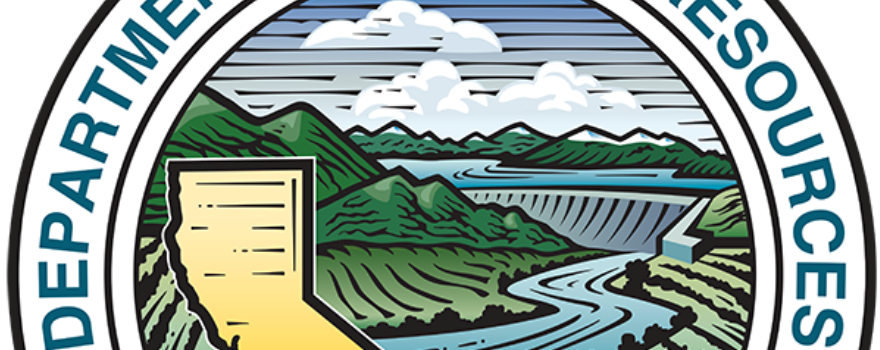From the Department of Water Resources:
Severe droughts are nothing new to California, home to the highest variable precipitation in the United States. In the midst of a fourth dry year, the California Department of Water Resources (DWR) has released an in-depth report comparing the severity and impacts of California’s most significant droughts, which stretched from 1929 to 1934, 1976 to 1977 and 1987 to 1992. The report also details the ongoing drought, which began in 2012.
“California’s Most Significant Droughts: Comparing Historical and Recent Conditions,” available here http://www.water.ca.gov/waterconditions/publications.cfm presents a wealth of information about California’s climate; federal, state, and local water systems; surface and groundwater resources; and historical precipitation. It also provides a summary of lessons learned from previous droughts and highlights the need for better data about groundwater conditions, improved drought prediction capability, and better drought preparedness for small water systems.
The report also describes:
- The atmosphere-ocean dynamics that influence drought in California;
- Highlights of past droughts, such as the extremely severe 1929-34 dry spell that occurred when irrigated acreage in the state was relatively small and the population was less than six million people;
- The setting for past droughts in terms of major water project development, population, and irrigated acreage in the state;
- Historical attempts to cope with drought, such as the temporary emergency pipeline constructed across the San Rafael Bridge to bring imported water to southern Marin County in 1976-77;
- Estimated economic loss data, where available, from the historical droughts, including farmland fallowing and timberland destroyed by wildfire and bark beetle infestation;
- Changes in institutional settings that affect California’s response to drought, such as environmental protection laws that have modified water project operations; and
- Historical deliveries made by the State Water Project and the Central Valley Project from 1977 to the present.
The appendix of the report includes a copy of each gubernatorial executive order or emergency proclamation issued related to drought since 1977.
Charts, maps, and graphs in the report illustrate such information as the at-risk small water systems around the state, a comparison of storage in key reservoirs during various drought years, changes in the Colorado River total system storage over time, changes in California’s statewide mean temperature departure since 1900, and maximum salinity intrusion into the Sacramento-San Joaquin Delta in previous droughts.
The report was prepared by DWR Deputy Drought Manager and Interstate Resources Manager Jeanine Jones.
“The water years of 2012-14 stand as California’s driest three consecutive years in terms of statewide precipitation,” said Jones, “and we do not know how long this drought will last. It’s important for Californians to remember that drought is a part of life in California and we can learn from history as we try to emerge from each drought better prepared for the next.”
In January 2014, Governor Edmund G. Brown Jr. declared a drought state of emergency and asked Californians to voluntarily curb their water use by 20 percent. Vast tracts of farmland have been fallowed and some communities have been short on drinking water.
Every Californian can help stretch the state’s limited supplies by using water carefully. Outdoor landscaping needs little water in the winter, so shut off sprinklers, especially for the first couple of weeks after a rain. Replace washers in leaking faucets or make other repairs to stop leaks. Run dishwashers and clothes washers only with full loads. For more water-saving tips, visit saveourwater.com.
——————————————–
Get the Notebook blog by email and you’ll always be one of the first to know!
- Sign up for daily emails and get all the Notebook’s aggregated and original water news content delivered to your email box by 9AM. Breaking news alerts like this one, too. Sign me up!
 Maven’s Notebook
Maven’s Notebook
constantly watching over the world of California water


